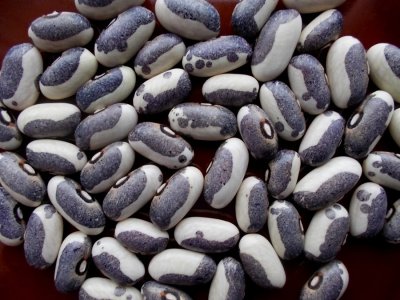- Thread starter
- #1,661
Blue-Jay
Garden Master
- Joined
- Jan 12, 2013
- Messages
- 3,548
- Reaction score
- 11,352
- Points
- 333
- Location
- Woodstock, Illinois Zone 5
Bluejay77's Big Bean Show
Day 16 - The Beans I Grew This Summer
Day 16 - The Beans I Grew This Summer
Kenearly - Bush Dry
15 inch tall plants produce 4 to 4 ½ x ½ inch pods with plump, short, oval, white beans with a yellow figure around the eye. The variety was bred in Kentville Nova Scotia Research Center to rippen the seed crop nearly all at once. However I did not find this to be the case with the ones I grew, as the bean rippened and dried pods intermittently over about three weeksk the same as many other dry beans.
Koronis Giant Pinto - Bush Dry
16 inch tall plants with white blossoms. 4 to 4.5 inch pods that contain pinto colored and patterned beans. Pods are easy to hand shell with thin pods walls once dried. A Robert Lobitz named bean. He received the original seed in a packet of bean crosses from Dan Jason of Salt Spring Seeds of BC Canada. He introduced this named bean through the Seed Savers Exchange yearbook.
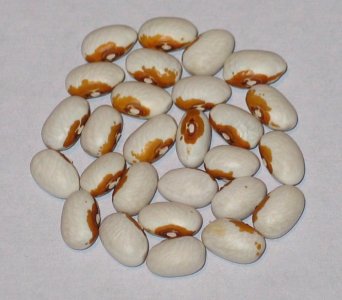
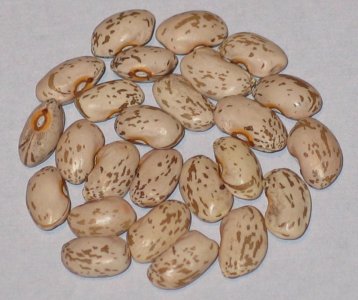
Kenearly.................................................................................................Koronis Giant Pinto
Kishwaukee Green - Bush Snap
This bean came about as an out cross I found in 1977 in Cherokee wax. Black and tan mottled seeds. I thought after discovering these seeds that I would have just another wax bean. I named it Kishwaukee Yellow. Upon growing out those mottled seeds in 1978 a green podded bean appeared in the row. Thus Kishwaukee Green was born. Upon growing out the Kishwaukee yellow and green I discovered that the beans produced not only the mottled seed coats but also a solid black and a buff or cream tan seed coats. Both of these beans still produce three seed coats still to this day. I thought the beans were unstable. However the upon observing the plants they are very uniform. I told this to a fellow I met that was a plant breeder for the Cargill Inc. I can not repeat his explanation but he basically explained that with some crosses a bean might always produce multiple seed coats. He said it is likely that my bean is not unstable.
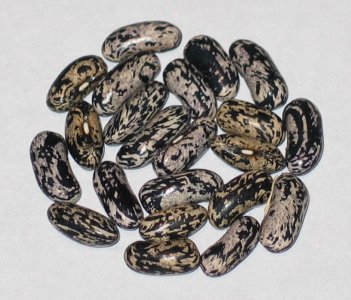
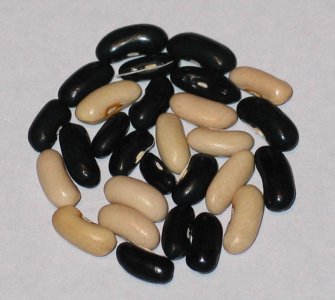
Kishwaukee Green...............................................................................Kishwaukee Green alternate seed coats
Koronis Little Red Trout - Bush Dry
14 inch tall plants with pink blossoms. Pods up to 4.75 inches contain small red and white Jacob's Cattle patterned beans. From a packet of bean crosses Robert Lobitz received from Dan Jason of Salt Springs Seeds, BC, Canada. Robert introduced this bean through the Seed Savers Exchange yearbook in 1999.
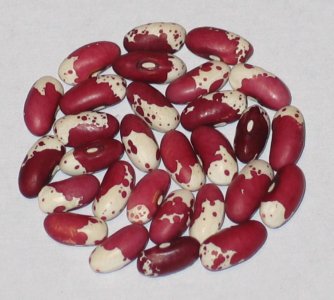
Koronis Little Red Trout
Last edited:

